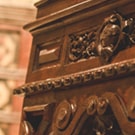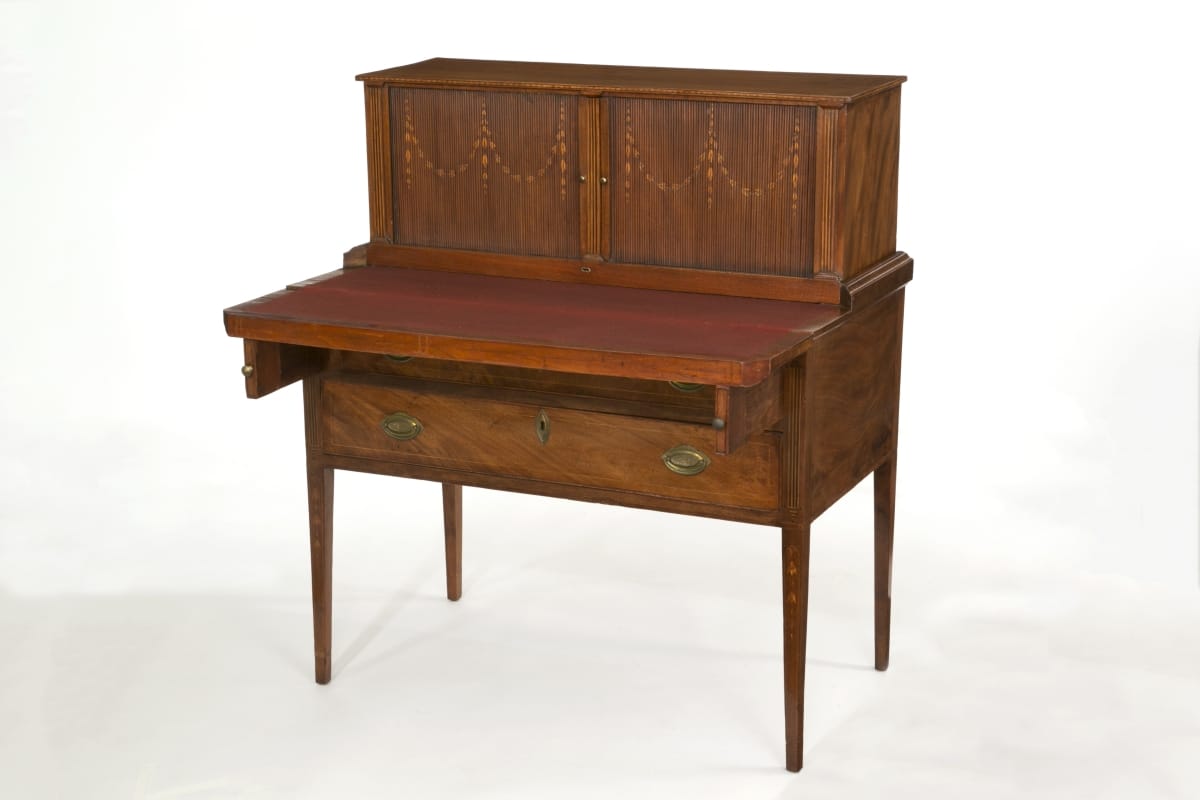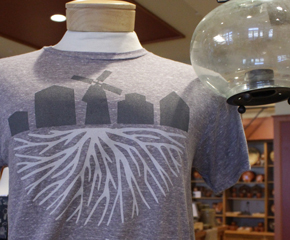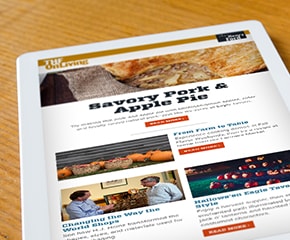Tambour Desk, by John Seymour, 1795-1805
Add to SetSummary
Tambour desks are an American innovation associated with the father and son cabinetmaking team of John and Thomas Seymour. The Seymours emigrated from England in the 1780s, eventually settling in Boston. They are distinguished by reeded tambours, or panels, covering pigeonholes and drawers, much like later roll-top desks. Combining small size and delicate proportions, Tambour desks were intended for use by women, for correspondence and addressing invitations.
Tambour desks are an American innovation associated with the father and son cabinetmaking team of John and Thomas Seymour. The Seymours emigrated from England in the 1780s, eventually settling in Boston. They are distinguished by reeded tambours, or panels, covering pigeonholes and drawers, much like later roll-top desks. Combining small size and delicate proportions, Tambour desks were intended for use by women, for correspondence and addressing invitations.
Artifact
Tambour desk
Date Made
1795-1805
Creators
Place of Creation
United States, Massachusetts, Boston
Creator Notes
Attributed to John Seymour of Boston, Massachusetts.

On Exhibit
at Henry Ford Museum in Fully Furnished
Object ID
35.79.48
Credit
From the Collections of The Henry Ford.
Material
Ebony (Hardwood)
Mahogany (Wood)
Pine (Wood)
Satinwood (Wood)
Brass (Alloy)
Metal
Color
Brown
Green
Dimensions
Height: 42.25 in
Width: 20.5 in
Length: 37.5 in







